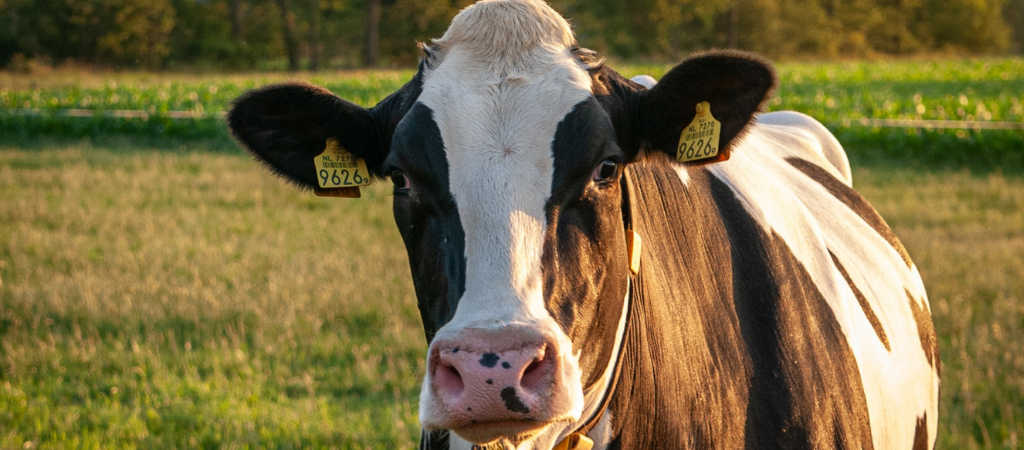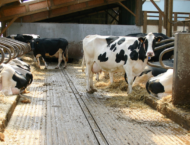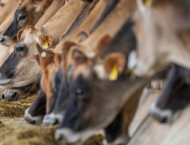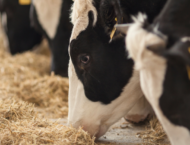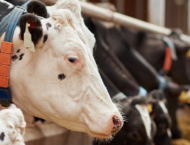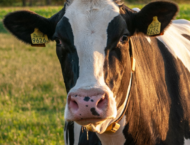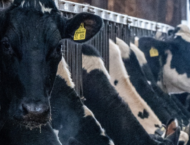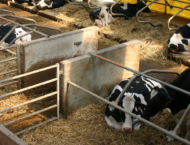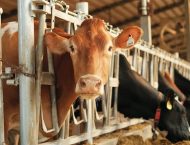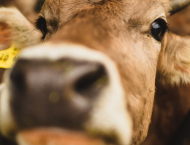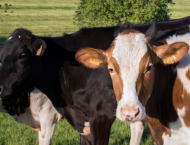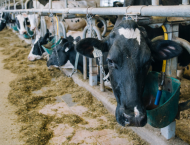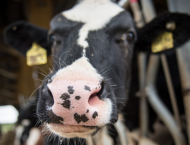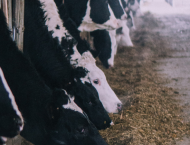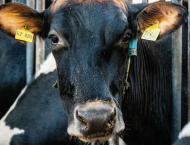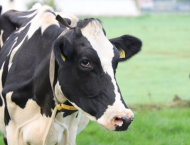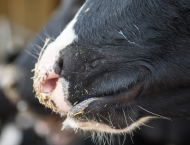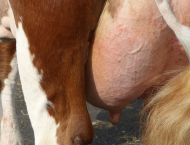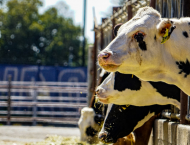Milking machines have been designed to allow efficient milk harvesting and the maintenance of healthy teats. Since their function can lead to mechanical stress, regular checks and maintenance of the milking equipment are vital for milk production and cow health.
Along with the specific production system, several factors affect teat condition during and after milking. At machine level, major impacts will come from teat end vacuum, liner compression and the shape of the liner mouthpiece, especially when not properly selected and set.
In general, impacts caused by the milking machine on teats cannot be avoided, however they can be minimised.
First of all, the milking machine must be correctly set. Adequate setting aims at the achievement of a high milking performance, where a short machine-on time and the maximum milk harvest level are properly balanced. This has to consider also low impacts on teats.
Mechanical stress caused by the milking machine must be reduced and controlled. Efficient milking is strictly related to the regulation of machine settings, such as, but not only, vacuum and pulsation which have to be well balanced with physiological milk ejection. Moreover, as the interface between the mammary gland and the machine, the teat cup liner must fit the teat optimally.
Consequences on teat condition can be classified as short, medium and long-term effects. Changes occurring shortly and caused by circulatory impairment are: discolored teats, ringing, swelling, openness of the teat canal. These effects can be reversible. The observation of short-term effects1 is strictly fundamental since this would help avoid long-term effects, such as hyperkeratosis.
Mechanical stress is one of the three main ways that make machine malfunction contribute to new mastitis infections. It would lead to teat and teat end damage, and also the reduction of the natural defense mechanisms of the teat canal.
Moreover, machines not functioning properly can behave as bacterial carriers and also facilitate the entrance of bacteria into the teat canal.
Milking machine problems find their reason in inadequate maintenance of mechanical components and elements that come into contact with teats. Checking them regularly should be the rule and part of a routine on dairy farms.
Training the staff to conduct these checks and including these activities as part of their responsilities become vital when more than one employee milk the cows. The aim is finding out any problem and alerting our technical service.
When should these checks be conducted? Every day, weekly and monthly.
Daily checks are extremely useful, since they will focus on air admission holes (they should not be blocked), vacuum gauge reading, pulsators (regular and intermittent sound), milk flow in receiving jar (it should be even), cows’ teat observation during and after milking.
Every week, we should check liner condition, filters and drain valves on pulsator airlines, regulators. If necessary, clean filters on the vacuum regulator. Moreover, we should check vacuum pump oil level
Checks conducted monthly aim at testing the effectiveness and regular functioning of the machine when it is running.
All these checks should take into account manufacturer’s indications.
As part of the routine, it will be good practice to record the outcome of each monthly check: although recording involves a little additional work, it allows a more rapid and easier intervention when changes are required. This is true not only for milking machine maintenance, but also for other dairy management activities.
What to do if we notice physical stress and signs of udder tissue disorders due to mechanical impacts? Supporting and protecting the tissue would be a helping hand to allow the cow to autonomously manage the tissue imbalance. OZOLEA-MAST can be your ally in this.
1 What changes in milk tell us when we forestrip.
https://www.ozolea.it/what-changes-in-milk-tell-us-when-we-forestrip/

